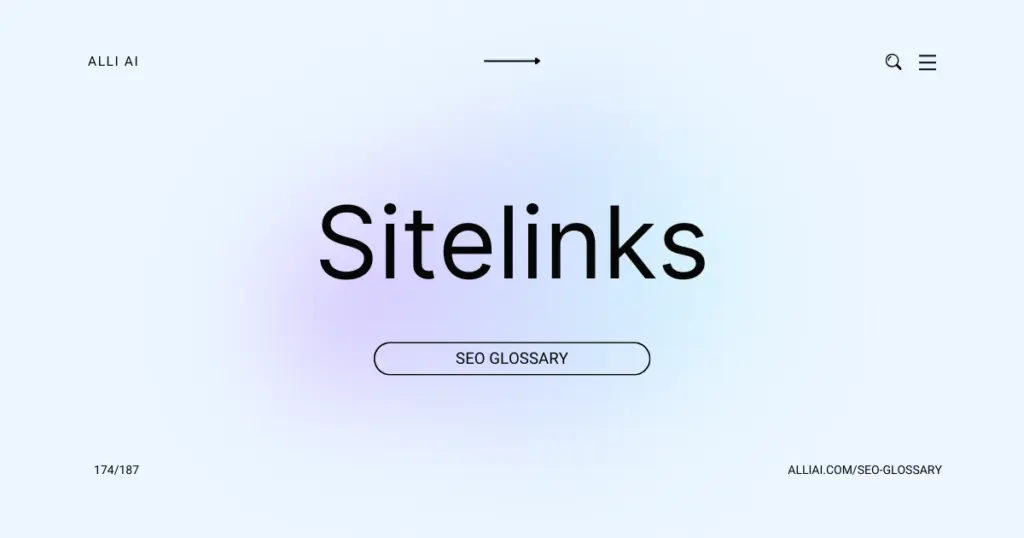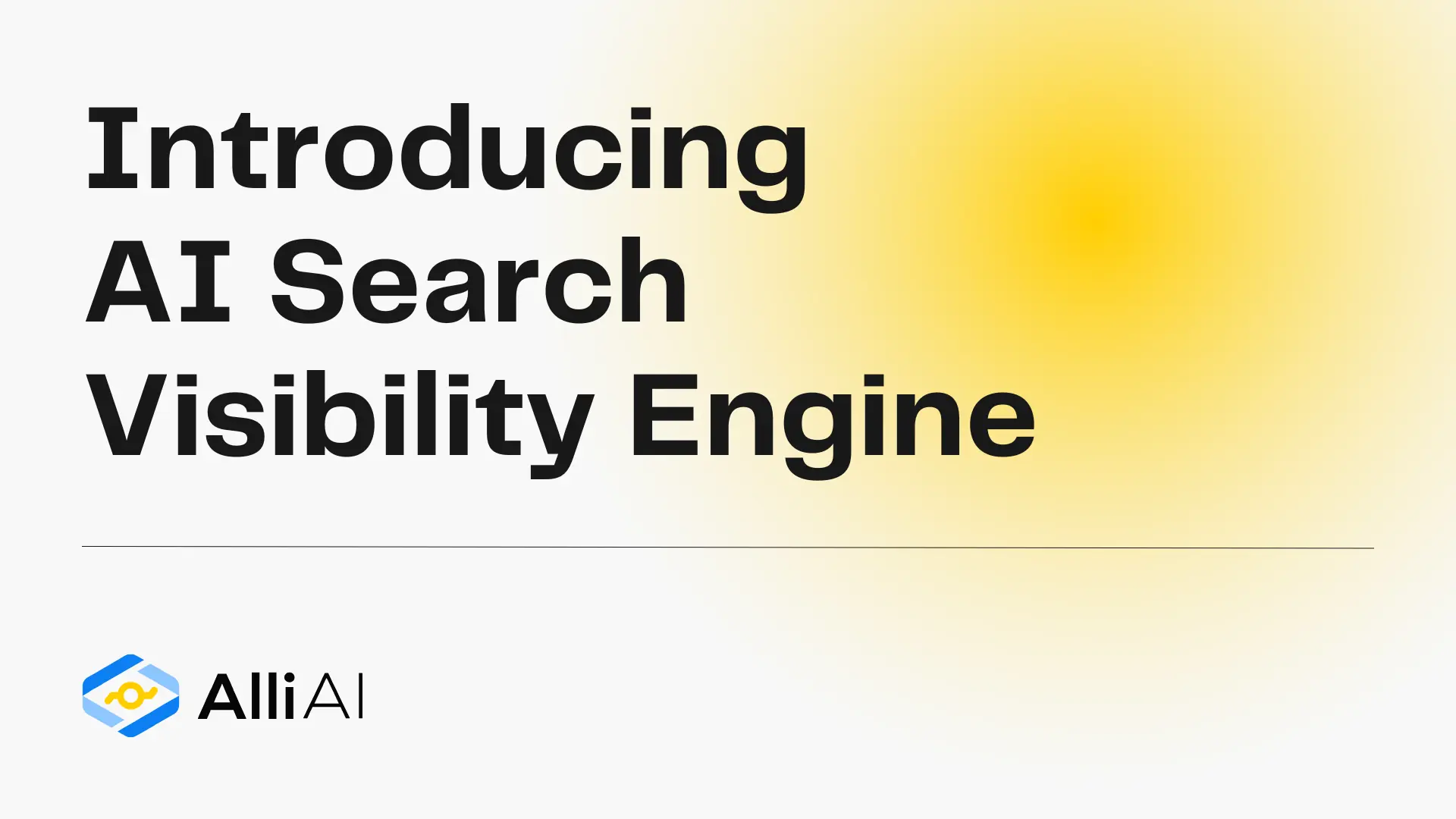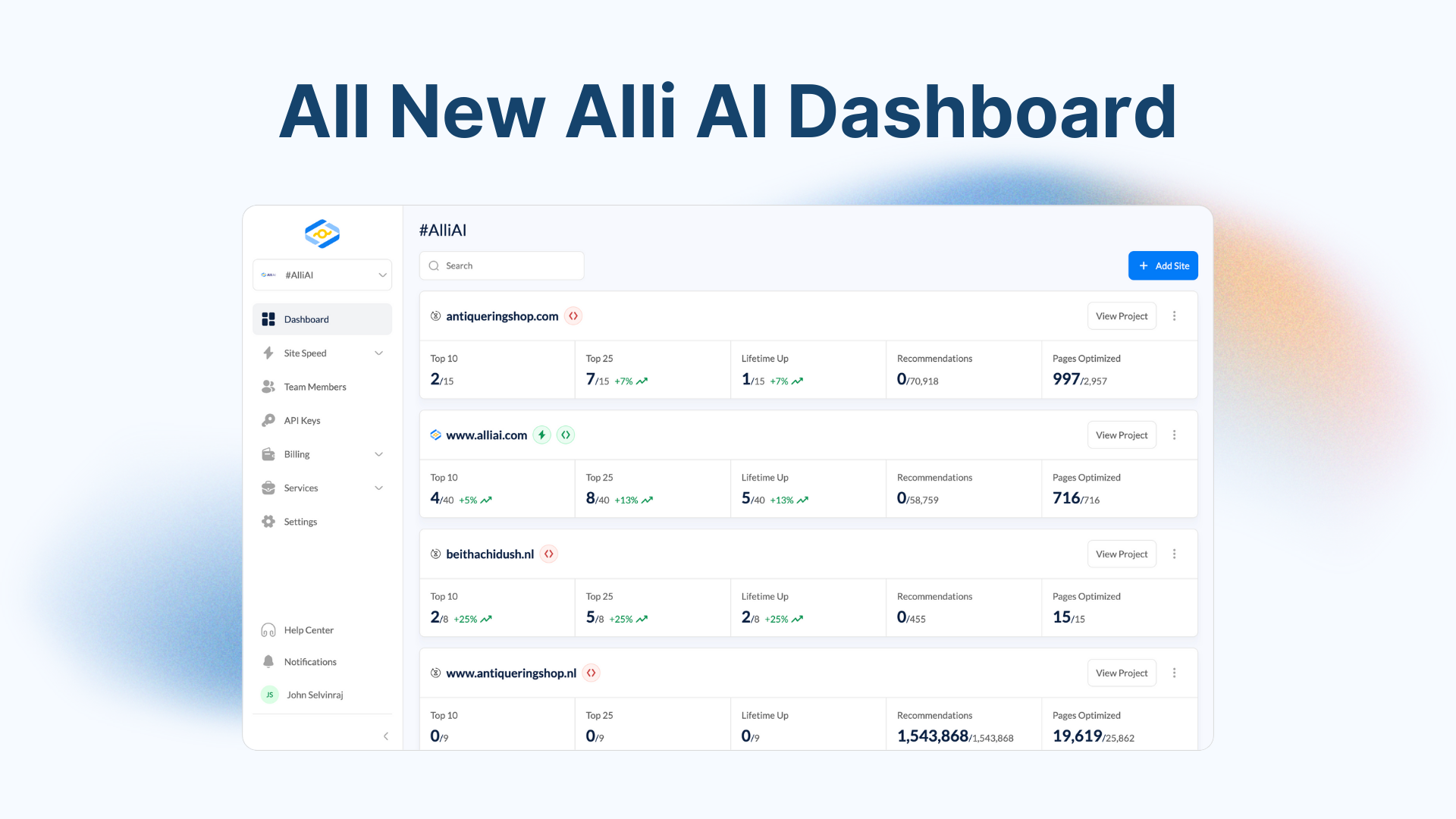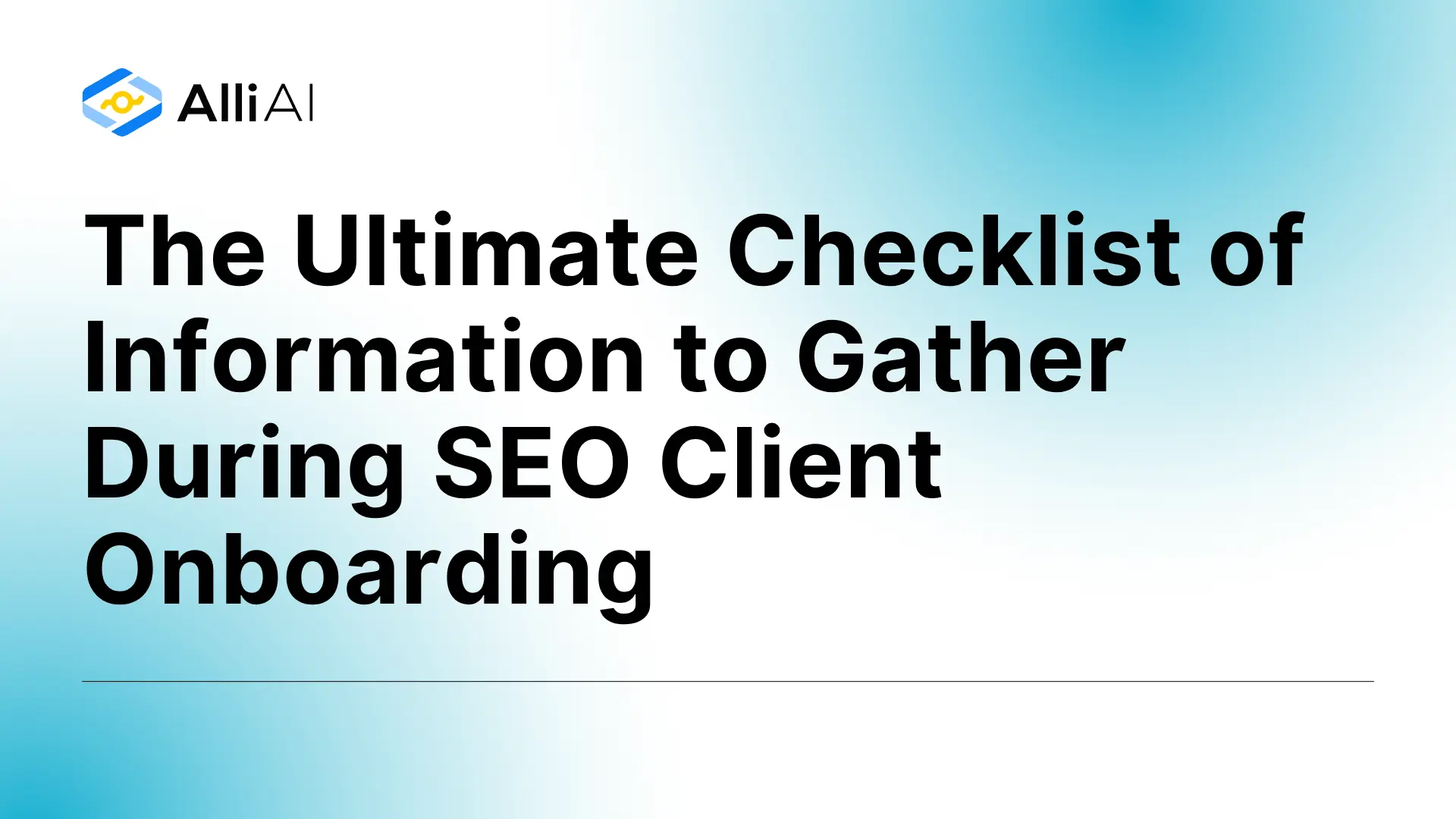What Does Sitelinks Mean?
Sitelinks are additional links displayed under the main URL in Google’s search results, which help users navigate directly to important pages of a website quickly. They are automatically generated by Google based on the site’s structure and the relevance of its pages to the user’s search query.
Where Does Sitelinks Fit Into The Broader SEO Landscape?
Sitelinks are automatically generated links that appear under some of Google’s search results. They are intended to help users navigate to important, often deeper sections of a website directly from the search results page. In the SEO landscape, sitelinks enhance the visibility and accessibility of a website on a search engine results page (SERP), thereby improving user experience.
From an SEO perspective, having sitelinks is beneficial because they increase the real estate a website occupies on a SERP, potentially leading to higher click-through rates. They also provide a trust signal, as Google tends to reserve sitelinks for websites it deems authoritative and useful. This trust can lead to improved brand perception and greater user engagement.
Furthermore, sitelinks can help decrease bounce rates by directing users to relevant information within the site more efficiently, supporting improved engagement metrics. The presence of sitelinks also indirectly suggests a well-structured, clear site architecture, signaling to Google that the site is properly organized, which is a factor in SEO. SEO strategists should thus aim to structure their sites in a hierarchy that is logical and user-friendly, as this can influence the generation of sitelinks.
Real Life Analogies or Metaphors to Explain Sitelinks
Sitelinks are like the helpful chapter titles in a book’s table of contents, giving you a sneak peek into specific sections so you can go directly to the information you need without flipping through every page.
How the Sitelinks Functions or is Implemented?
1. Sitelinks Generation:
– Sitelinks are automatically generated by Google’s algorithm based on the user’s search query and the site’s structure.
2. User Search Query Relevance:
– The algorithm assesses which links might be most relevant to the searcher’s query.
3. Website Structure:
– Google uses a clean and clear hierarchy and structure of a website to determine relevant subpages.
4. Link Analysis:
– Internal links within the site help Google understand which pages are considered important by the site owner.
5. Text Matching:
– Algorithms analyze anchor text and alt text within the site to associate pages with search queries.
6. Traffic and Popularity:
– Pages with higher traffic and user engagement are more likely to appear as sitelinks.
7. Sitelink Ranking:
– Each potential sitelink is ranked based on its relevance to the search query and other ranking factors.
8. Display Rules:
– Typically, Google displays up to 6 sitelinks, but this can vary. Blocked links via Search Console will not be displayed as sitelinks.
Impact Sitelinks has on SEO
Sitelinks can enhance a website’s SEO performance and user experience in several ways:
1. Improved Click-Through Rates (CTR): Sitelinks expand the size of your search listing, making it more visible and prominent on the results page. This increased visibility often leads to higher CTR, as users are more likely to click on a listing that appears more substantial and relevant.
2. Enhanced User Navigation: Sitelinks facilitate quicker and easier navigation to specific parts of your site directly from the search results page, allowing users to bypass the homepage for directly relevant content. This can improve user satisfaction and reduce bounce rates.
3. Increased Credibility and Trust: The presence of sitelinks can act as an indicator of a website’s credibility and authority within its niche or industry. Google typically awards sitelinks to websites that it deems trustworthy and of high quality, enhancing user perception of reliability.
4. Better Conversion Rates: By directing users to specific pages, sitelinks can enhance the user journey, leading directly to conversion-optimized pages such as contact forms, product listings, or service information, thus improving overall conversion rates.
5. Keyword Exposure: Sitelinks can provide additional keyword visibility in search results. Each sitelink has a descriptive anchor or link text that often includes keywords, which can help enhance keyword relevancy and visibility in search results.
6. SEO Visibility for Inner Pages: Typically, SEO efforts heavily focus on ranking the homepage, but sitelinks help to boost the visibility of internal pages. This expanded presence can lead to improved rankings not just for the homepage but also for the key inner pages.
7. Lower Costs in Paid Search: In paid search campaigns, ads with sitelinks generally provide a better quality score. Google rewards the improved experience with potentially lower cost-per-clicks and better ad placements.
8. Space Occupancy in SERPs: Sitelinks take up significant real estate in SERPs, often pushing down competitors’ listings and minimizing their visibility, which can indirectly boost the performance of your own listing.
By improving site navigation and credibility, enhancing visibility, and optimizing user journey, sitelinks contribute significantly to SEO and overall online marketing success.
SEO Best Practices For Sitelinks
1. Ensure the website has a clear structure and logical hierarchy using easy-to-follow navigation menus.
2. Create unique and descriptive titles for each web page.
3. Use relevant and concise meta descriptions for each page.
4. Implement a clear and consistent internal linking strategy across all pages to emphasize the most important content.
5. Develop high-quality, relevant content that provides value to users and encourages other sites to link to your pages.
6. Utilize a sitemap and submit it to Google Search Console to assist Google in understanding and indexing the site structure.
7. Make sure the website is mobile-friendly and has fast loading times by optimizing images and using modern coding practices.
8. Utilize schema markup to help search engines understand the content and structure of your website better.
9. Work on building the overall domain authority through getting high-quality backlinks from credible and relevant websites.
10. Regularly monitor and maintain the website’s health through audits and updates to avoid and fix issues like broken links or outdated content.
Common Mistakes To Avoid
1. Ignoring Sitelink Structuring:
– Ensure your website has a clear, hierarchical structure with well-defined menus and navigation paths.
2. Using Non-Informative Anchor Texts:
– Opt for descriptive, keyword-rich yet concise anchor texts for internal links.
3. Overlooking Broken Links:
– Regularly check and fix broken links that could lead to poor user experiences and affect sitelink quality.
4. Neglecting Mobile Optimization:
– Prioritize mobile responsiveness as sitelinks on mobile devices are significant for user engagement.
5. Inconsistent Content Updates:
– Update your website content regularly to keep it relevant and valuable for users, influencing sitelink quality.
6. Allowing Low-Quality Pages to Become Sitelinks:
– Enhance the quality of major landing pages as they are likely candidates for sitelinks.
7. Failing to Use Semantic Markup:
– Incorporate schema markup to help search engines understand the structure and content of your site better.
8. Lack of Focus on User Experience:
– Focus on improving overall user experience, including page load times and navigational ease, which can indirectly affect sitelink generation.
9. Ignoring Analytics and User Feedback:
– Monitor site analytics and user feedback actively to adjust and improve the pages and their linkage.
10. Focusing Solely on Organic Efforts:
– Utilize AdWords’ sitelink extensions to better control the display and content of sitelinks in paid search results.






